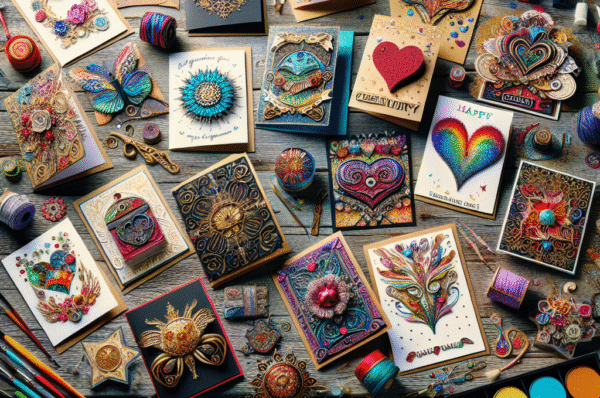In a world increasingly dominated by digital interactions, where gaming exists primarily on screens and socializing occurs in virtual spaces, the unlikely resurgence of trading cards has taken many by surprise. Once relegated to the nostalgic realms of childhood, trading cards have emerged as a cultural phenomenon, captivating collectors, investors, and enthusiasts alike. This article dives into the reasons behind this remarkable comeback.
A Nostalgic Revival
One of the most compelling factors for the resurgence of trading cards is the nostalgia that they evoke. Adults who grew up collecting Pokémon, Magic: The Gathering, or sports cards often find themselves drawn back to these cherished memories. The tactile experience of holding a physical card—complete with its vivid artwork and unique statistics—offers a stark contrast to today’s virtual world, making it a comforting connection to the past.
Pop Culture Influence
The popularization of trading cards has been significantly influenced by pop culture. Blockbuster movies, television shows, and social media platforms have all contributed to building a buzz around trading cards. Documentaries like The Last Dance, chronicling Michael Jordan’s career, have renewed interest in basketball cards. Similarly, shows and YouTube channels centered on trading card openings and pack reviews attract millions of viewers, driving demand among younger generations.
Investment Potential
The financial landscape surrounding trading cards has changed dramatically in recent years. With the introduction of platforms that facilitate buying and selling, as well as grading services that assess card condition, trading cards have become a viable investment asset. High-value cards, like a rare Pokémon card or a vintage baseball card, can fetch staggering prices at auction—sometimes selling for six or even seven figures. As such, many collectors are now viewing their portfolios as investments rather than simply a hobby.
Accessibility through Digital Tools
Technological advancements have played a key role in making trading cards more accessible. Online marketplaces and apps have simplified the buying, selling, and trading processes. Specialized platforms, like StockX and eBay, have democratized access to the trading card market, enabling collectors from diverse backgrounds to participate. Furthermore, social media has fostered communities where collectors can share their collections, trade tips, and showcase their proudest finds.
Community Engagement
Trading card communities often transcend geographical boundaries, allowing enthusiasts to connect and thrive regardless of location. Local card shops have become social hubs, hosting tournaments and events that encourage face-to-face interactions. Likewise, gatherings such as trading card conventions or community nights offer opportunities for both seasoned collectors and newcomers to engage in their passion.
The Role of Exclusivity
Exclusivity also plays a significant role in the renewed popularity of trading cards. Limited edition releases, promotional cards, and first-prints drive collectors to compete for rare items. Companies like Topps and Panini have capitalized on this trend by producing limited-run series, fueling both hype and desirability among collectors.
The Future of Trading Cards
As trading cards continue to gain momentum, it’s clear that this trend has deep roots. The combination of nostalgia, community engagement, investment potential, and digital accessibility creates a rich tapestry that appeals to a wide range of enthusiasts. From casual collectors to savvy investors, the diverse motivations for entering the trading card space will likely sustain its popularity for years to come.
Conclusion
The comeback of trading cards is more than just a fleeting trend; it represents a multifaceted cultural revival that taps into the collective memory of a generation while adapting to modern interests. With burgeoning communities, innovative platforms, and an ever-growing market of collectors, trading cards are firmly re-established as a significant segment of popular culture. As we move forward, only time will tell how this nostalgic phenomenon will evolve, but for now, it’s clear that trading cards are back—and they’re here to stay.




